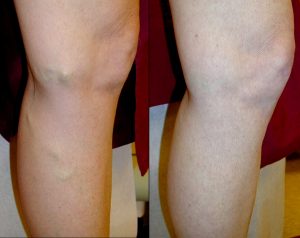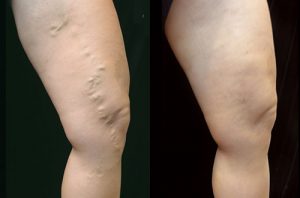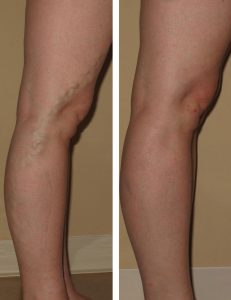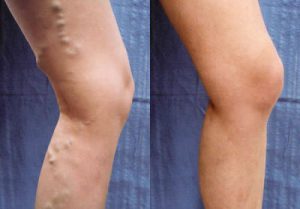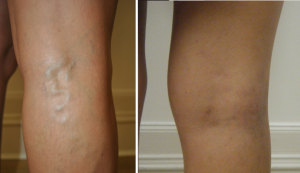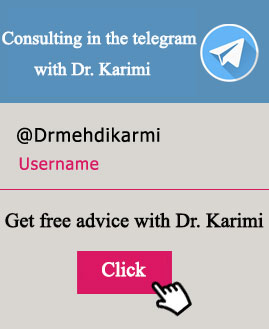What is the leg pain? Treatment, symptoms, signs and symptoms
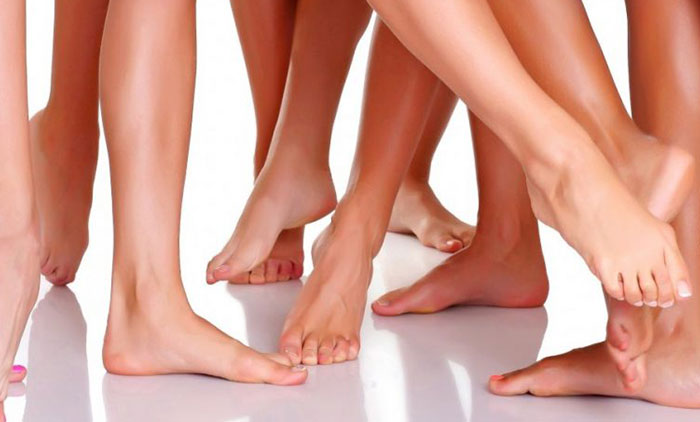
Varicose veins are swollen veins that you can see and often feel, lying under your skin. They usually affect your legs. Varicose veins affect at least one in four of us. They’re more common in women and you’re more likely to get them the older you are. Although they can be unsightly, for most people varicose veins don’t cause problems. If you do have symptoms there are a range of procedures that can help your legs to look and feel better.
What are leg varicose veins?
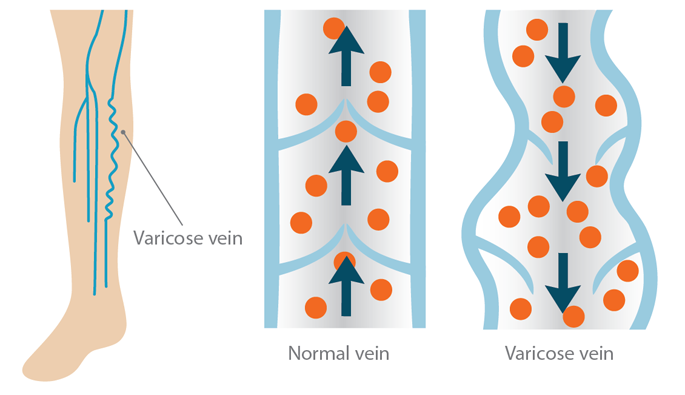
Varicose veins are abnormal, dilated blood vessels caused by a weakening in the vessel wall. They might appear as clusters of blue or purple veins and are sometimes surrounded by thin red capillaries known as spider veins (a group of small blood vessels located close to the surface of the skin).Varicose and spider veins can appear anywhere, but most often appear on the legs and in the pelvic area. Varicose can also appear on face and hands.
Types of varicose veins
There are several types of varicose veins, such as:
- Greater saphenous varicose veins
- Lesser saphenous varicose veins
- Branch type varicose vein
- Genital area varicose vein
- Reticular type and Web type (spider veins)varicose vein
Causes
- Older age
- Being female (hormonal changes from puberty, pregnancy, and menopause can lead to varicose veins, and taking birth control pills can increase your risk)
- Being born with defective valves
- Obesity
- Pregnancy
- History of blood clots in your legs
- Standing or sitting for long periods of time
- Family history of varicose veins
Symptoms
Symptoms of varicose veins include:
- Veins that are dark purple or blue in color
- Veins that appear twisted and bulging; often like cords on your legs
- Fullness, heaviness, aching, and sometimespain in the legs
- Visible, swollen veins
- Smaller veins that you can see on the surface of the skin, called spider veins.
- Thigh or calf cramps (often at night)
- Mildswelling of feet or ankles
- Itching
If flow of blood through the veins becomes worse, symptoms may include:
- Leg swelling
- Leg or calf pain after sitting or standing for long periods
- Skin color changes of the legs or ankles
- Dry, irritated, scaly skin that can crack easily
- Skin sores (ulcers) that do not heal easily
- Thickening and hardening of the skin in the legs and ankles (this can happen over time)
- Deep Vein Thrombosis
Varicose complications
Complications of varicose veins, although rare, can include:
- Ulcers. Extremely painful ulcers may form on the skin near varicose veins, particularly near the ankles.
- Blood clots. Occasionally, veins deep within the legs become enlarged. In such cases, the affected leg may swell considerably.
- Bleeding. Occasionally, veins very close to the skin may burst. This usually causes only minor bleeding.
Diagnosis
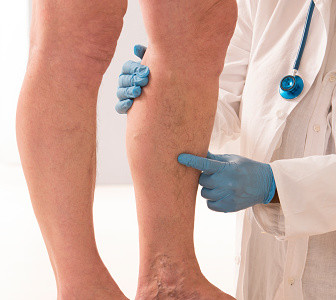
Diagnosis is made by the specialist and includes the following :
Doppler test
The Doppler test uses an ultrasound scan to provide information about the direction of the blood flow in your veins. A Doppler test can also be used to check for any blood clots or obstructions in your veins.
Colour duplex ultrasound scan
A colour duplex ultrasound scan provides colour images of your vein structure. This allows the specialist to look for any abnormalities in your veins. A colour duplex ultrasound scan can also measure the speed of your blood flow.
PhotoPlethysmography
Plethysmography is a technique that measures the changes in volume of a limb.
Venograms/Venography
The technique of venography involves the injection of a contrast solution into a vein followed by a series of x-rays to watch the process of venous reflux.
CT Scanning and Magnetic Resonance Imagery
CT and MRI technology provide excellent for varicose veins as they can be useful in diagnosing deep vein thrombosis.
Intravascular ultrasound (IVUS)
This is a new technology, in which a small ultrasound probe can be passed into a vein on the end of the catheter to look at veins that are narrowed or being compressed.
Treatment
There are a variety of treatment options available for varicose these are listed below:
Compression stockings
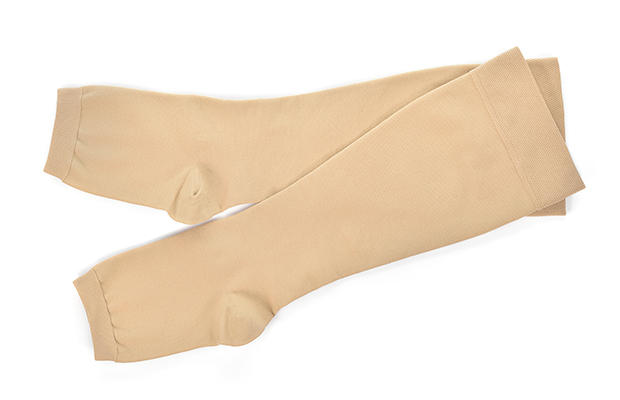
Compression stockings steadily squeeze your legs, helping veins and leg muscles move blood more efficiently.
Laser treatment
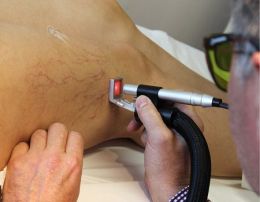
Specialists are using new technology in laser treatments to close off smaller varicose veins and spider veins. Laser works by sending strong bursts of light onto the vein, which makes the vein slowly fade and disappear.
Sclerotherapy
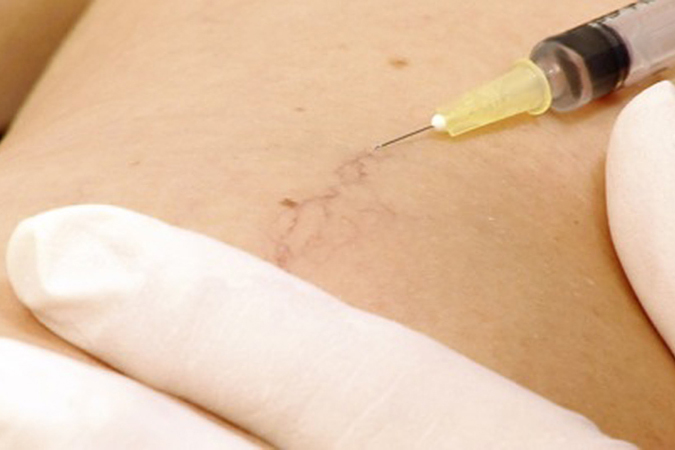
In Sclerotherapy procedure, your doctor injects small- and medium-sized varicose veins with a solution that scars and closes those veins. In a few weeks, treated varicose veins should fade. Although the same vein may need to be injected more than once, sclerotherapy is effective if done correctly.
Foam sclerotherapy of large veins
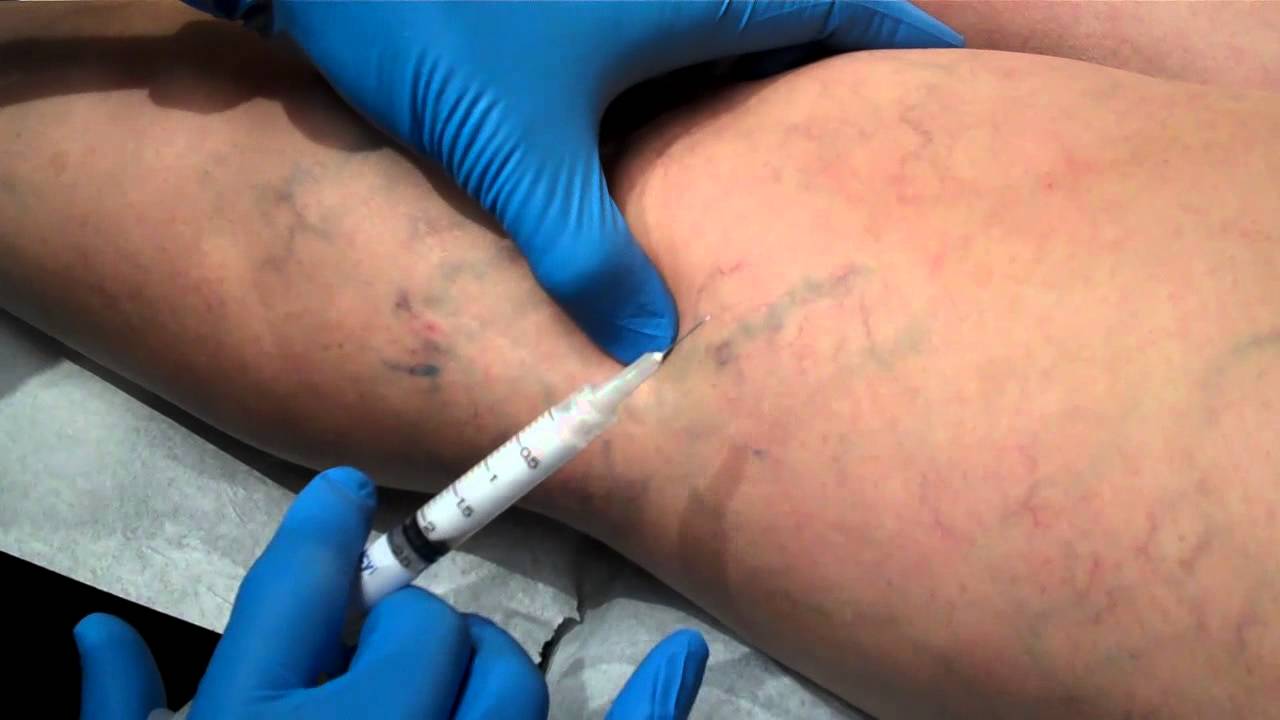
Sclerotherapy (Injection) of a large vein with a foam solution is also a possible treatment to close a vein and seal it. This is a newer technique.
RF (Radiofrequency)
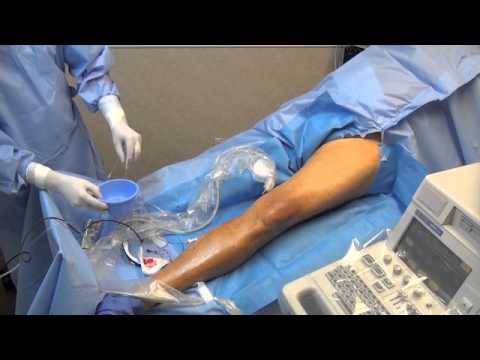
RF method involves passing a probe into one of the longer varicose veins, using ultrasound to guide the position. The radiofrequency energy makes the vein heat up, which seals it.
Surgical treatments
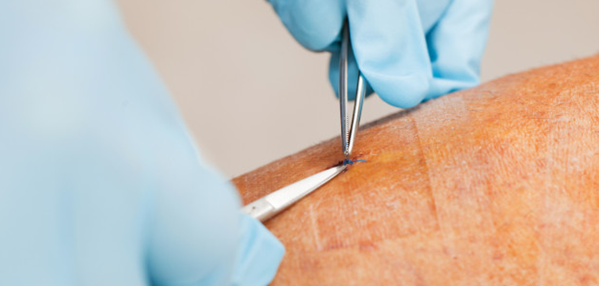
There are a few surgical treatments available for advanced varicose disease these include:
- High ligation and vein stripping.This procedure involves tying off a vein before it joins a deep vein and removing the vein through small incisions.
- Phlebectomy. Your doctor removes smaller varicose veins through a series of tiny skin punctures.
- Endoscopic vein surgery.You might need this operation only in an advanced case involving leg ulcers if other techniques fail.
Exercise

- Exercises can be helpful in varicose vein reduction. These exercises should be performed under the supervision of a specialist.
Traditional medicine
-
Traditional medicine and home remedies can be useful in treating varicose veins. Consumption of the followings has been known to reduce varicose veins:
- Apple cider vinegar
- Olive oil
- Cayenne pepper
- Garlic
- Parsely
Prevention
Varicose can be prevented if you follow the following tips:
- Watch your weight and your diet
- Avoiding high heels
- Elevate your legs
- Don't sit with your legs crossed

